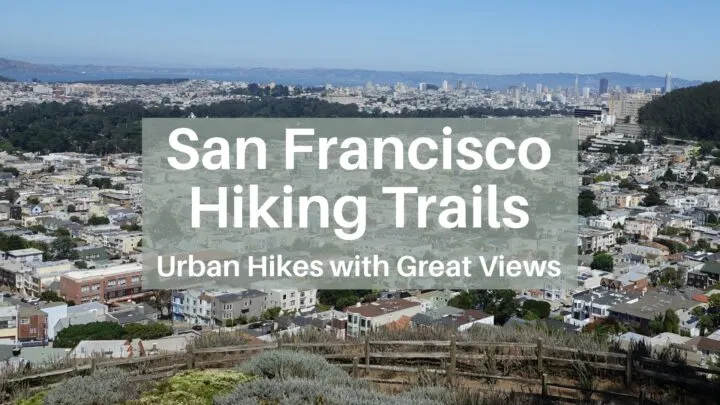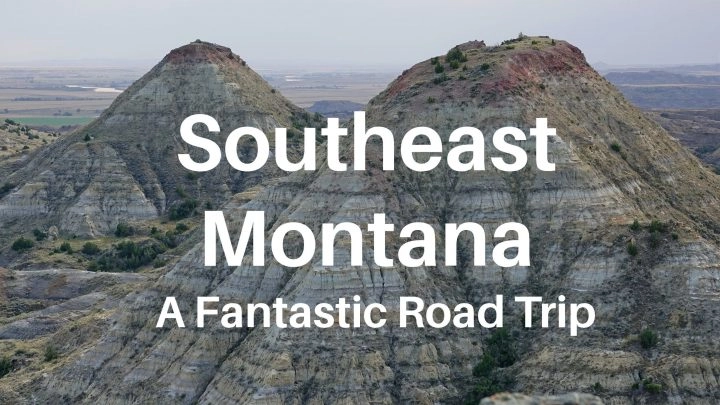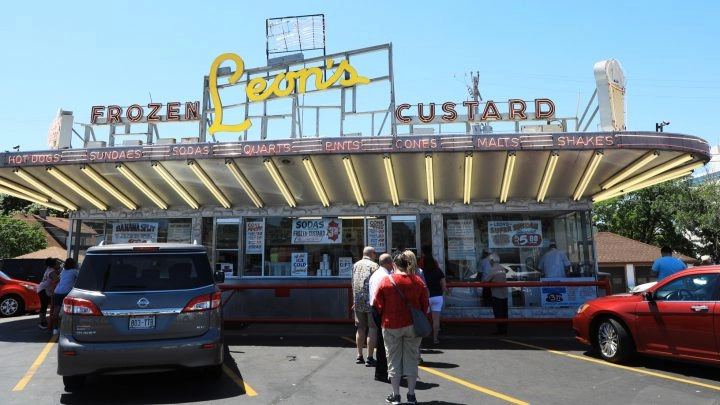One of the most interesting explorations in US history is that of Lewis and Clark. There are so many places to visit that commemorate their arduous yet vital journey. One of those places is Pompey’s Pillar…a must see when in the beautiful state of Montana.
In this post, you’ll learn all there is to know about taking a trip to Pompey’s Pillar in Montana.
- A short history of the site
- A little about the Visitor’s Center
- How much time you will need
- A few tips for your trip

I don’t know about you, but I love getting outside, breathing some fresh air, and hey, taking in a bit of history along the way.
While visiting Montana, a great way to spend a few hours enjoying nature and soaking in some history is just a few minutes drive from Billings, a visit to Pompey’s Pillar. A rather small site, there’s more to do than first meets the eye.
Stemming from a momentous moment on the return trip of Lewis and Clark, Clark takes a break to climb a huge rock face and names it “Pompy’s Tower.” This massive natural block of sandstone became a major landmark and has made the list of national historic landmarks of Montana. (source)
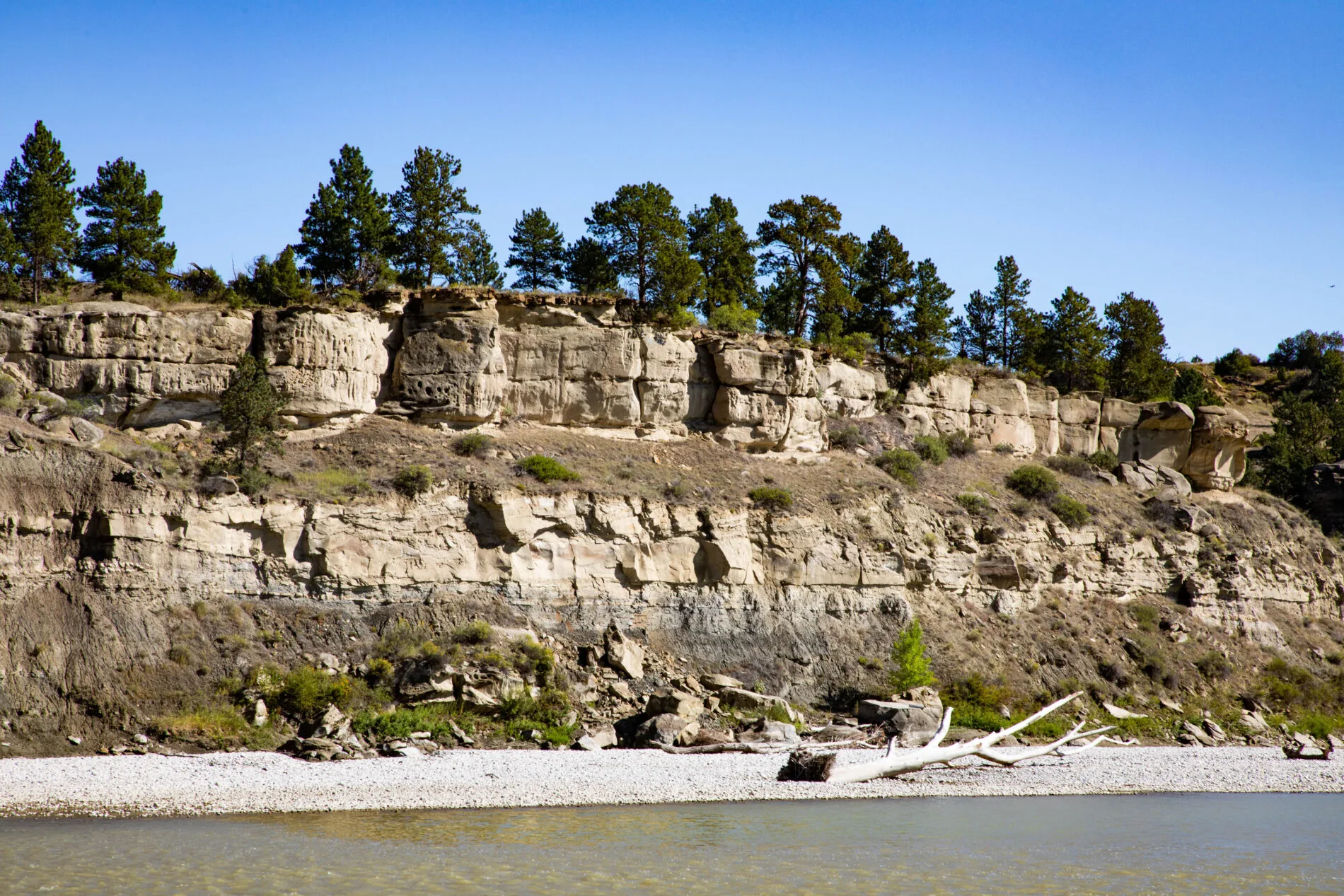
History of Pompeys Pillar
The years 1804-1806 marked the time of the famous Louis and Clark expedition to open up a passage to the Pacific Ocean, at the bequest of President Thomas Jefferson. Well documented, and a great story, the two explorers not only accomplished their mission, but learned much about the wilderness of the newly bought Louisiana Purchase.
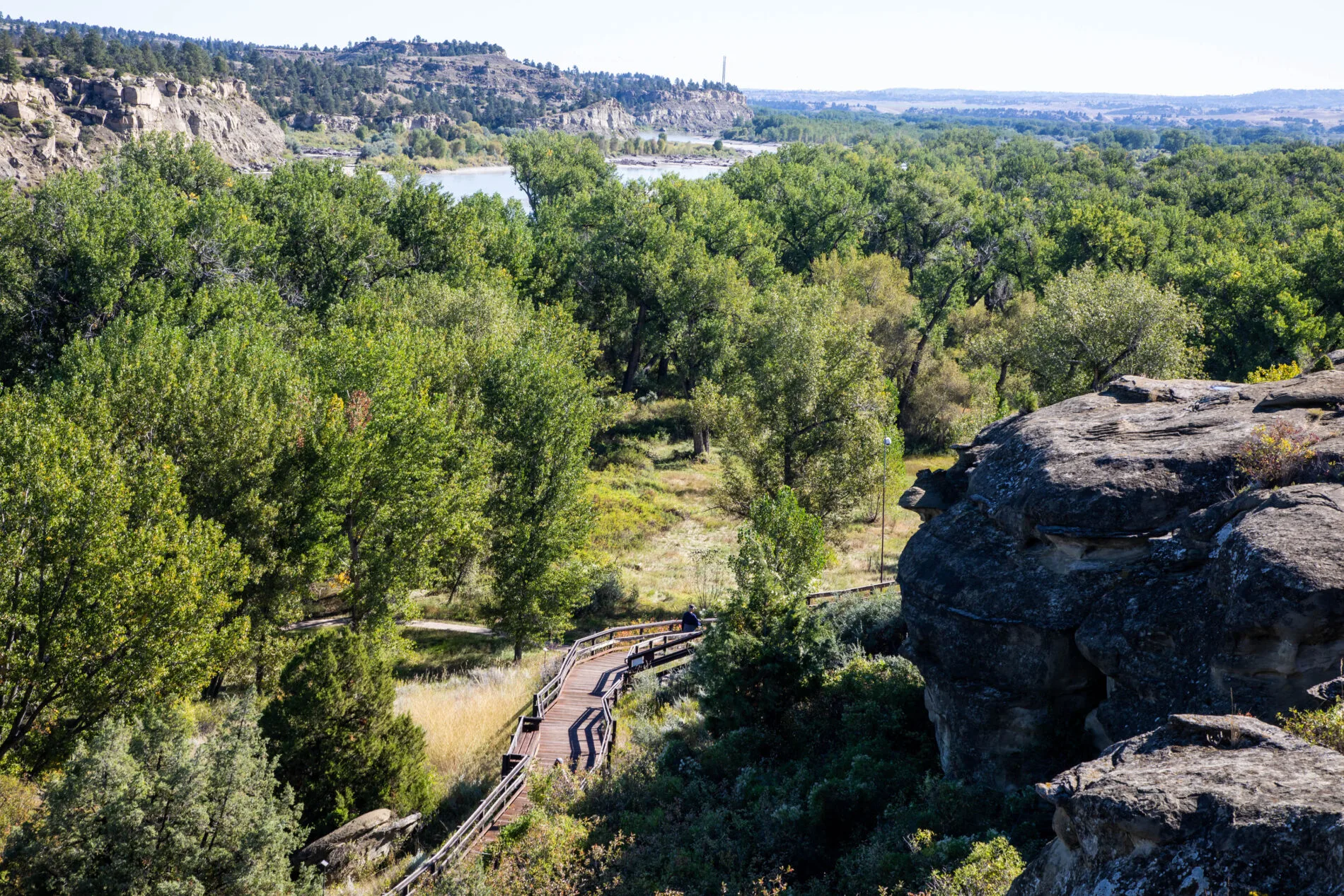
After reaching the Pacific, Lewis and Clark were on their journey home when they decided to split up and go two different ways. William Clark and his entourage took a boat down the Yellowstone River. It was on this ride, on July 25, 1805 that Clark saw an outstanding and notable rock escarpment and wanted to climb it.
According to the National Park Service, Clark described it as, “this rock I ascended and from it’s top had a most extensive view in every direction. This rock which I shall Call Pompy’s Tower [named for Jean Baptiste ‘Pomp’ Charbonneau] is 200 feet high and 400 paces in secumphrance and only axcessable on one Side which is from the N. E the other parts of it being a perpendicular Clift of lightish Coloured gritty rock on the top there is a tolerable Soil of about 5 or 6 feet thick Covered with Short grass. The Indians have made 2 piles of Stone on the top of this Tower. The nativs have ingraved on the face of this rock the figures of animals &c. near which I marked my name and the day of the month & year.”
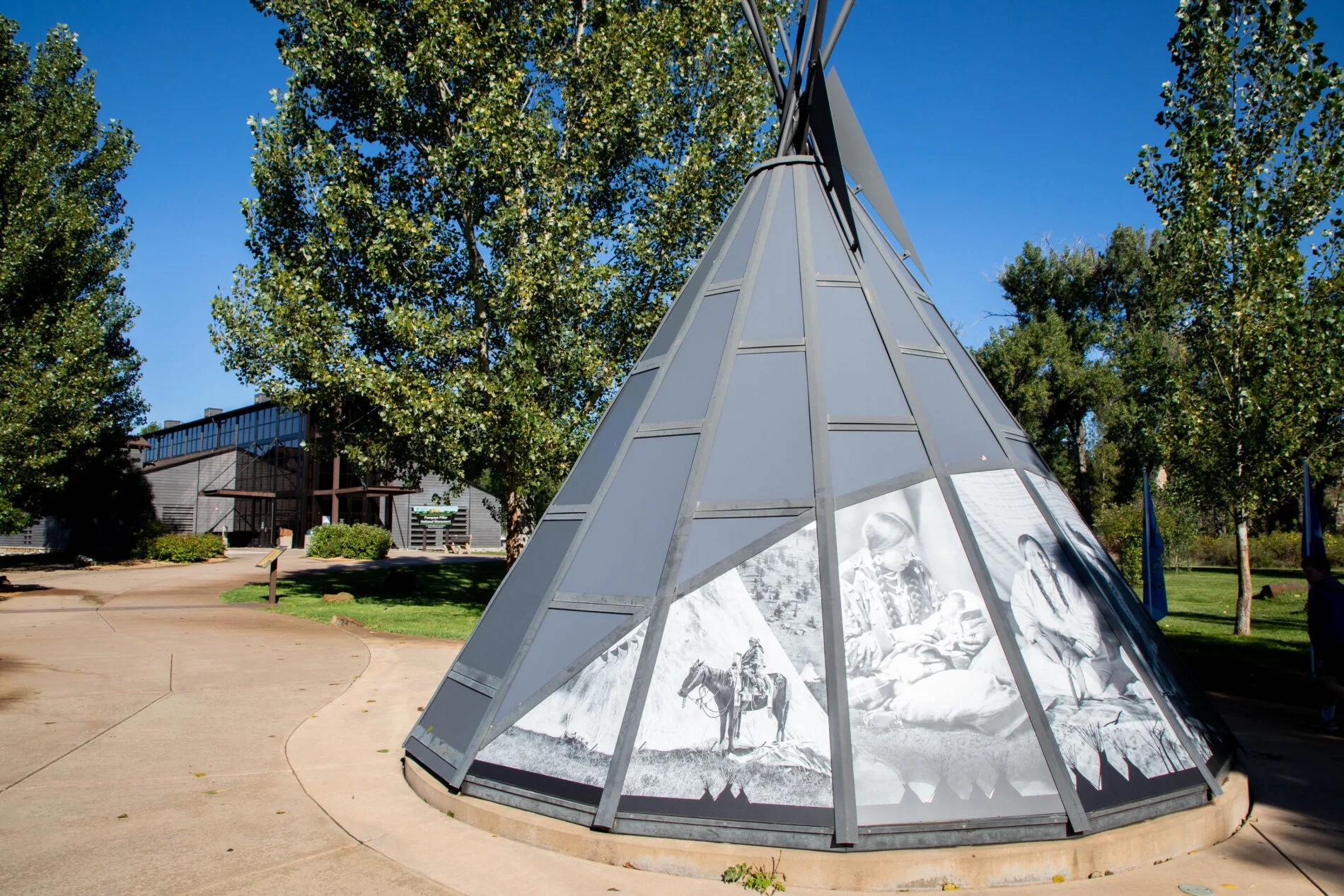
Clark was so taken by the rock, the views, the experience that he named the outcropping after his native guide’s, Sacajawea, son and carved his name and date in the rock. Over 200 years later, and the carving is still visible. Luckily, today it is covered by plexiglass which better preserves it from the elements.
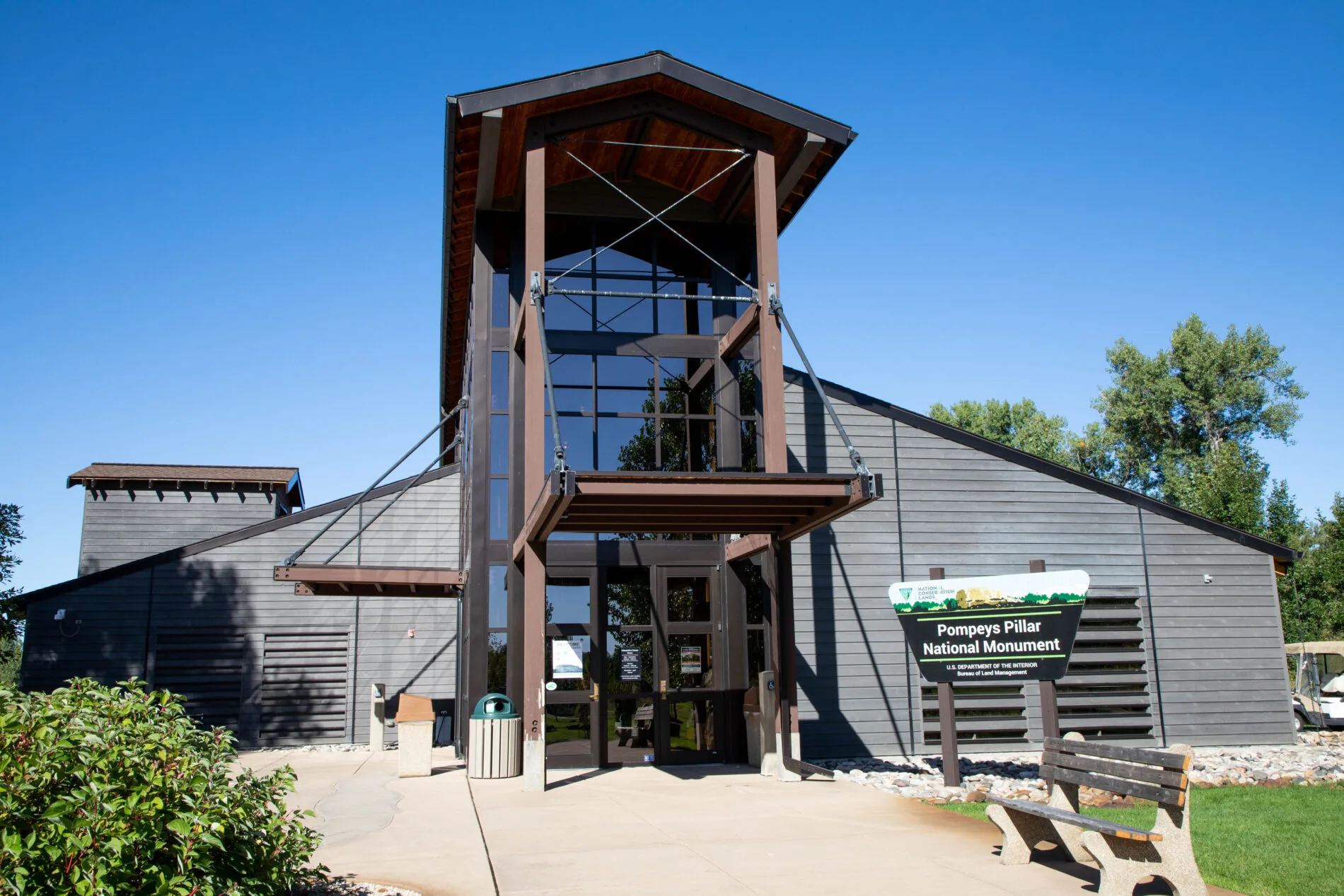
Pompey’s Pillar Visitor Center
The visitor’s center is full of fantastic information about the Lewis and Clark expedition, the wildlife in the area, and some hiking trails you can take.
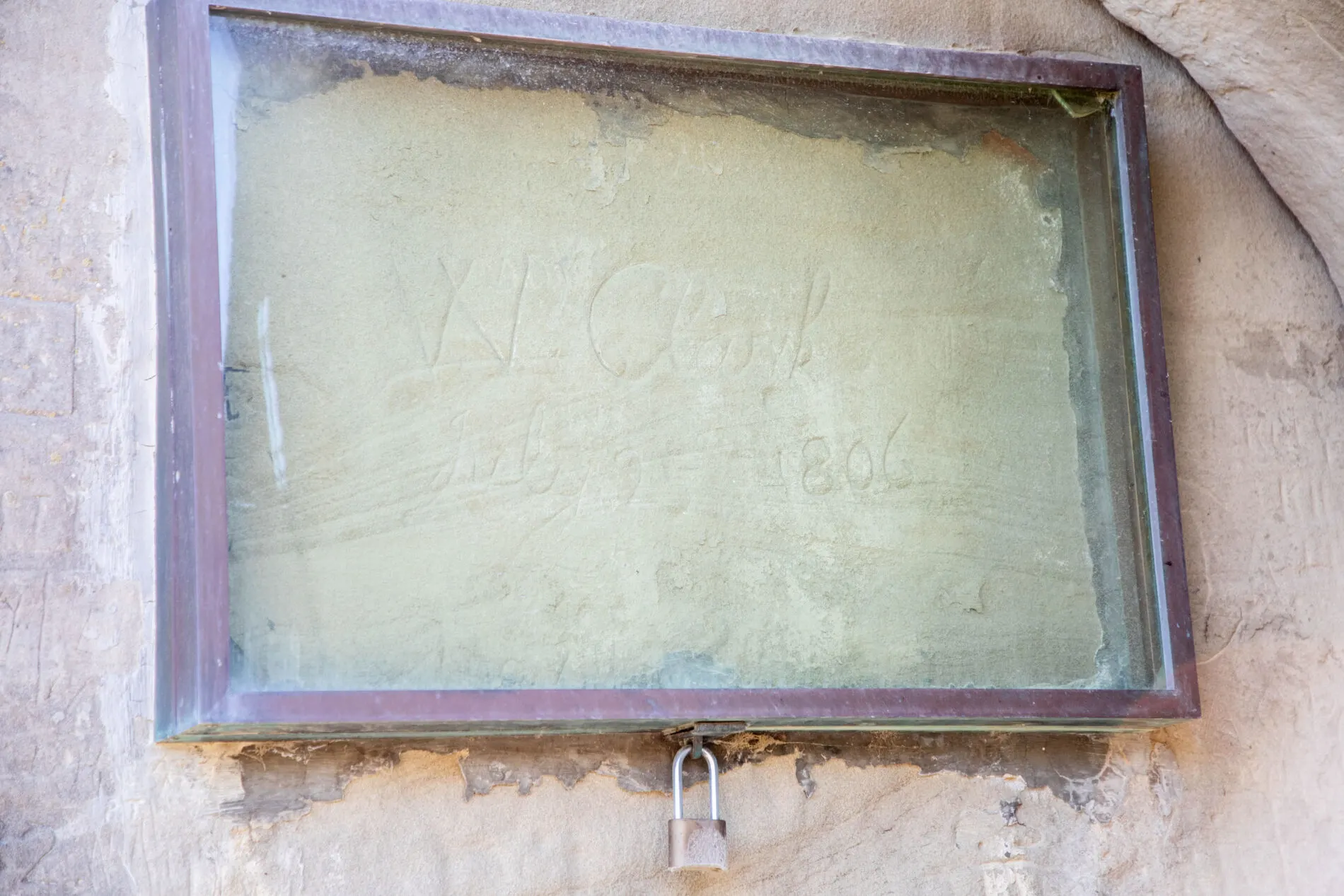
We spent a good hour inside the center, taking in the museum area and learning about the Lewis and Clark expedition and the small party that accompanied Clark to Pompey’s Pillar. Part of the time, we watched a very good film outlining the history. We also enjoyed the western art that was displayed.
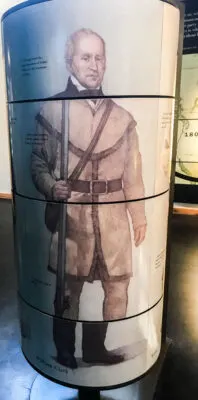
There was a full sized three piece puzzle that changed into different people and on it you could read about them. I thought it was really well done.
How Much Time Do You Need At Pompey’s Pillar?
This is a very small site, but you can easily spend a morning or afternoon there. My recommendation is that you go early in the morning, before the sun and heat really start kicking in so that you can climb the 200 steps to the top of the escarpment without breaking much of a sweat.
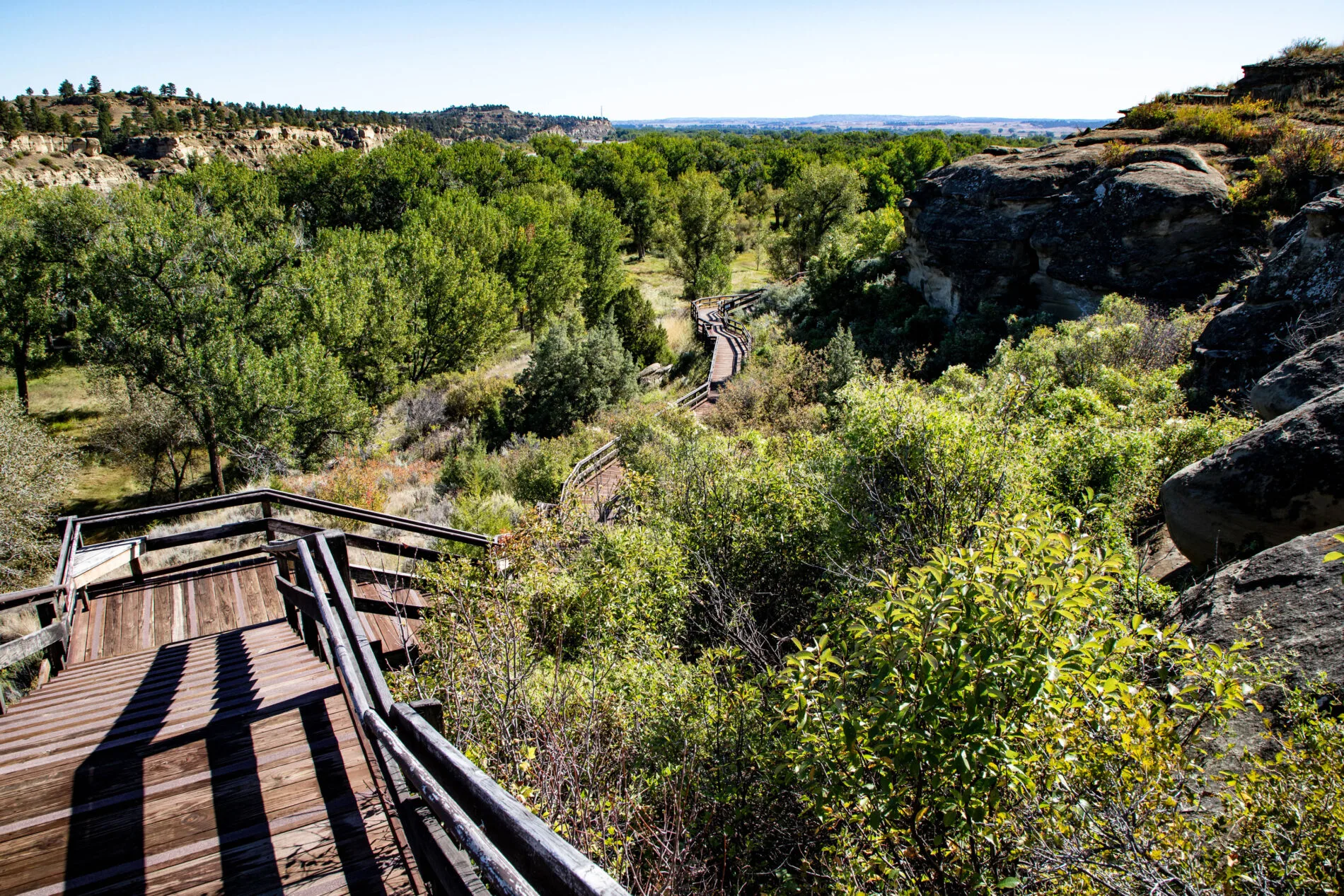
Clark’s engraved signature is about half way up the wooden staircase, and this will give you a chance to catch your breath. That is until you turn around and start taking in the views of the five mountain ranges that surround the area as well as the majestic Yellowstone River.The views are spectacular, and that is one of the main reasons to go all the way to the top.
After climbing the pillar, take your time soaking in the history and art that the visitor’s center has displayed. When all finished, you can find a spot between the center and the car park to picnic.
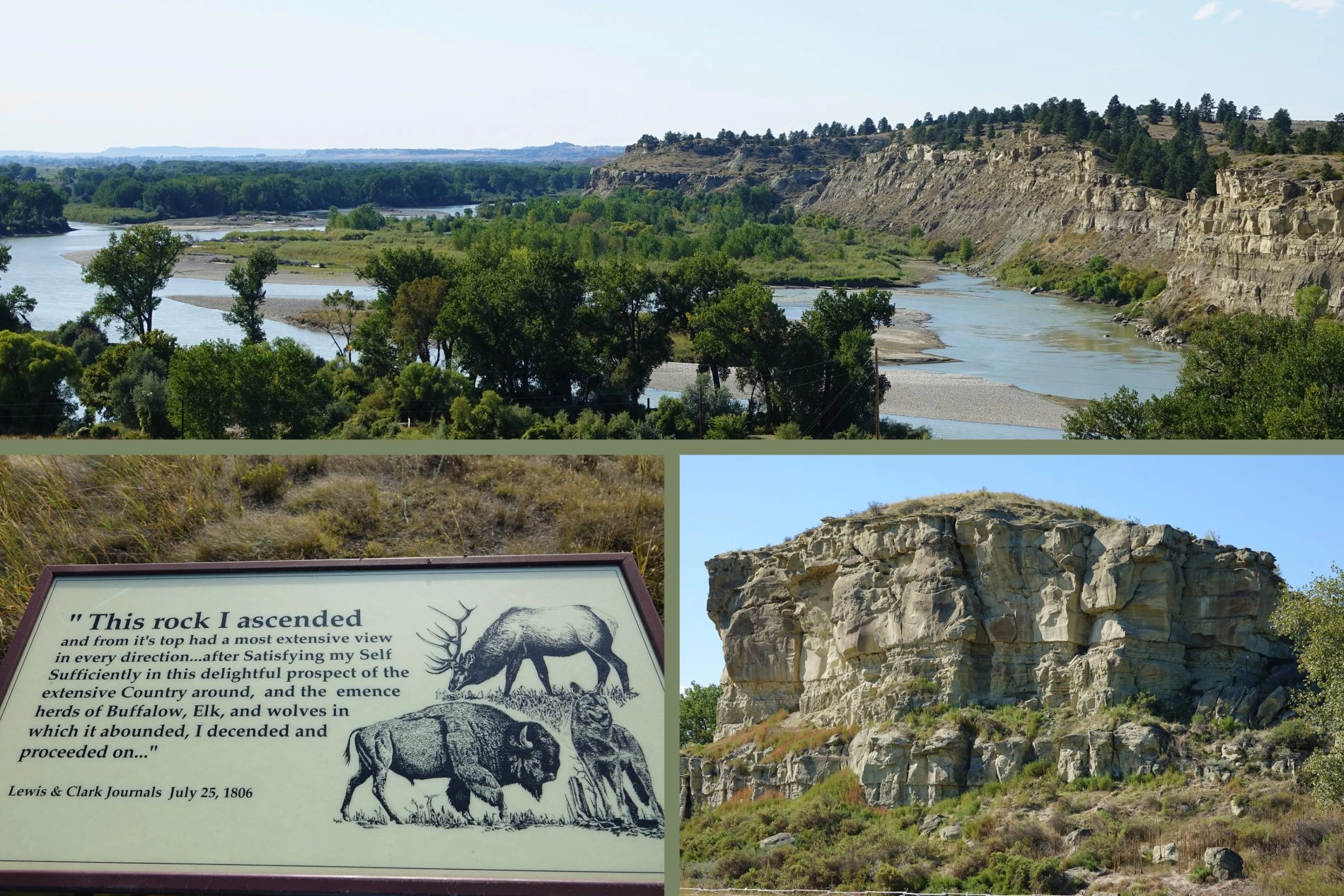
Other Places to Visit Nearby
Pompey’s Pillar can be combined with a number of other sites. We did the Little Bighorn Battlefield the same day, and that made for a full day of being outdoors learning history.
Other things to do nearby Pompeys Pillar are:
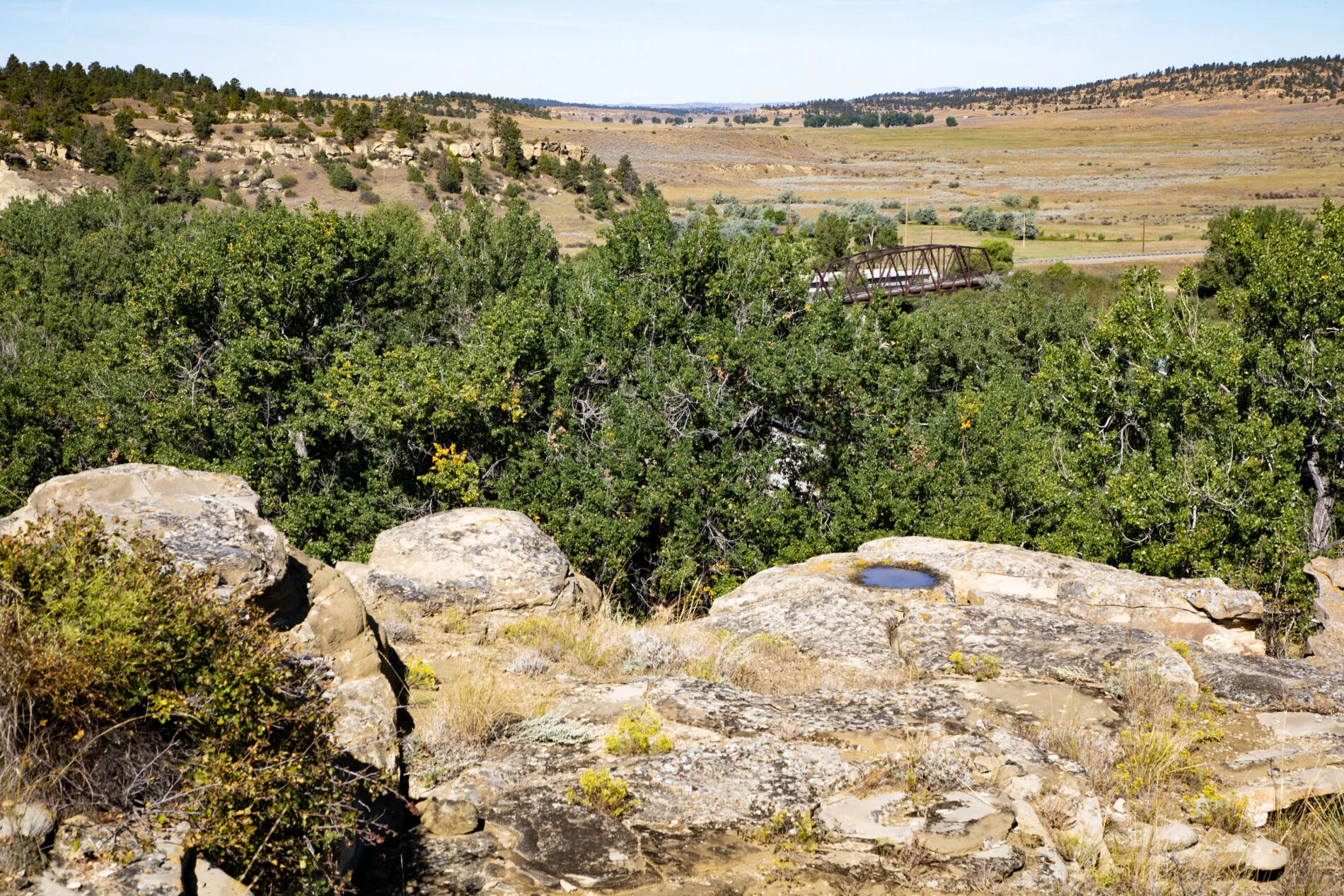
Tips for Your Visit
- The paths around the visitor’s center and inside the center are wheelchair accessible, but getting to Clark’s signature would be very difficult if you have trouble walking or climbing stairs.
- While we were there, no food other than snacks and drinks, were available. Bring a picnic lunch and enjoy the sunshine.
- Drinking water is available, so bring your water bottle and fill it up frequently. The weather, especially in summer, is hot and dry, and there is a lot of climbing.
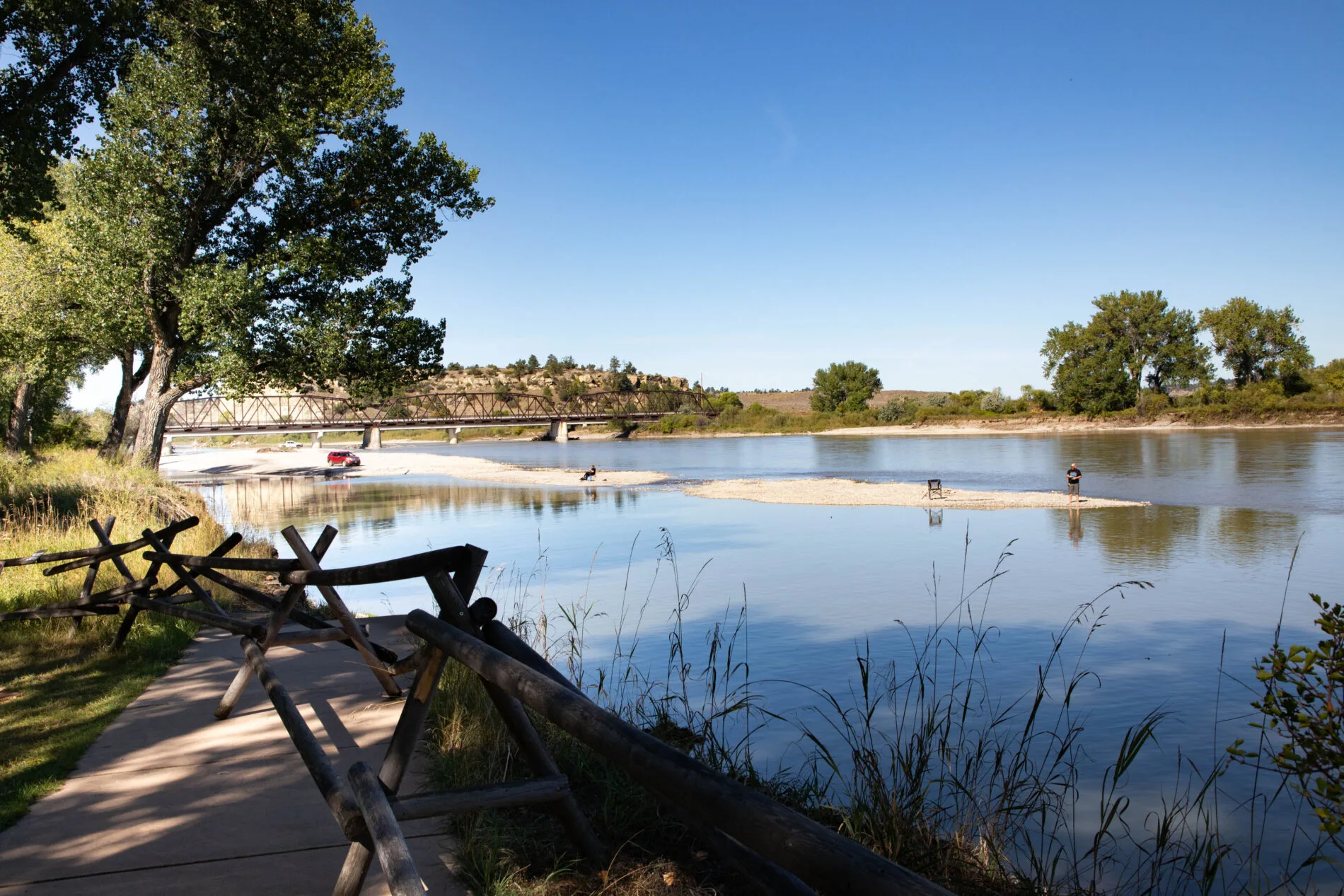
How to Get to Pompey’s Pillar from Billings
There is no public transportation to the site, but whether you rent a car or have your own, it’s an easy drive. Take I-94 east to Fly Creek, then take exit 23 and follow the signs. It’s very easy and only about 30 minutes from Billings.

Conclusion
Pompey’s Pillar is a great half day excursion from Billings. It’s fun for all ages, and the views from the platform are amazing. I went on a blustery, rainy day and I think that’s one of the best times to go, since it was not as hot as it usually is.
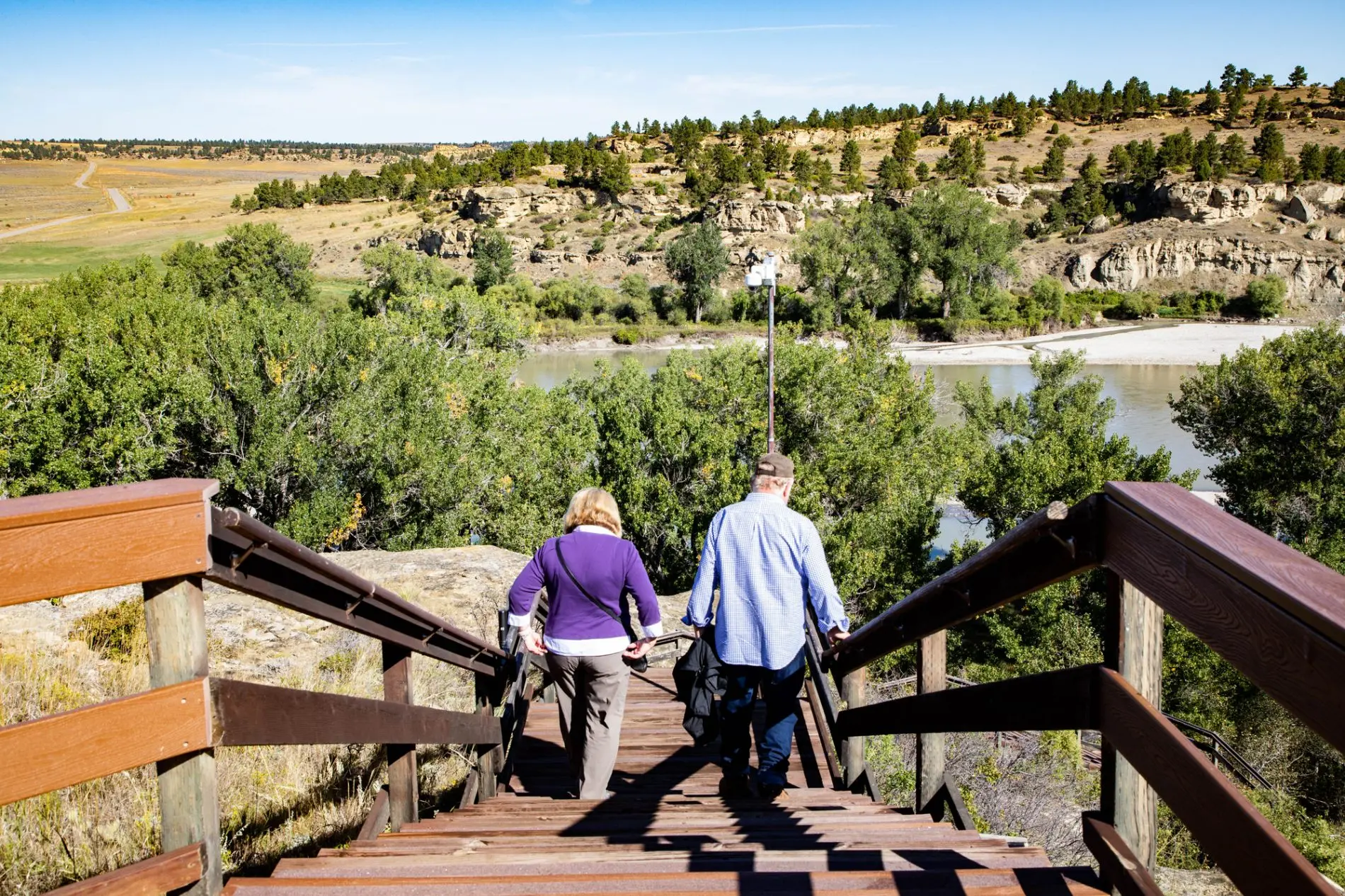
Author Bio – Corinne is an avid camper and traveler. She’s been to all 50 of the US states and has four more Canadian provinces to visit. However, she’s not stopping yet. There’s always more to see of this great continent! Corinne loves local foods, getting outdoors, landscape photography, and road trips.

